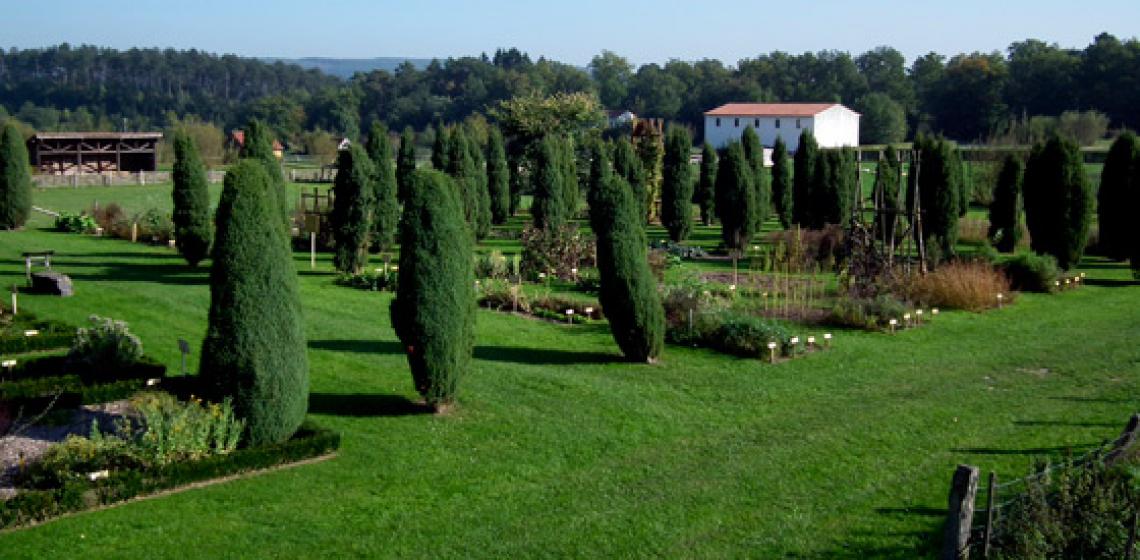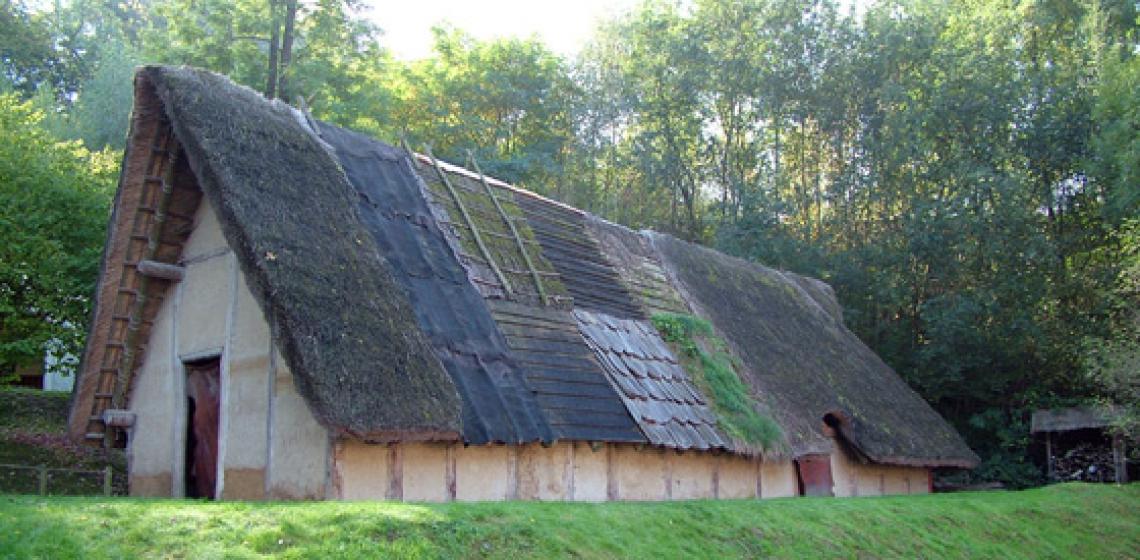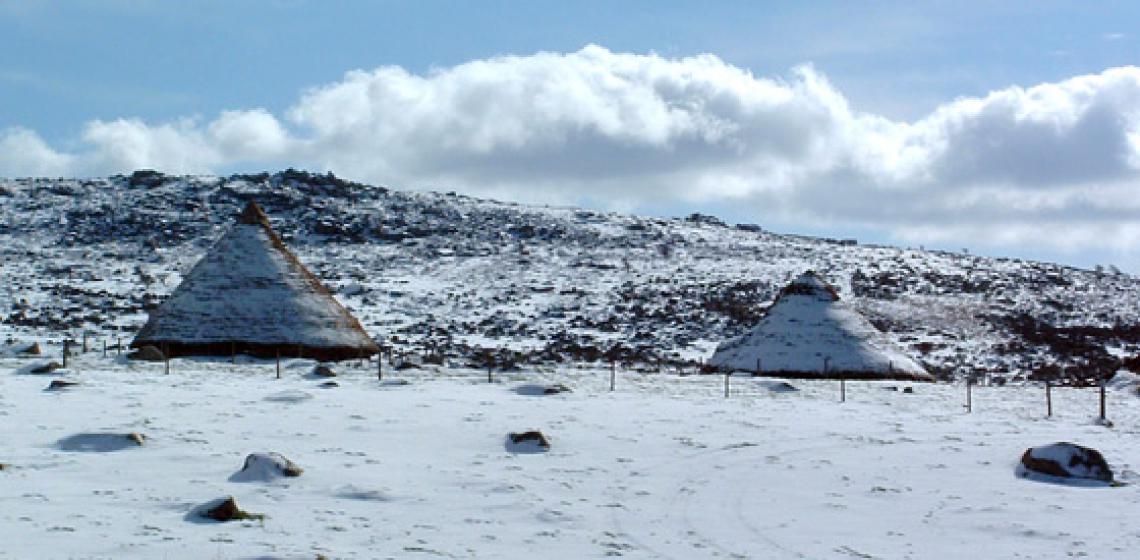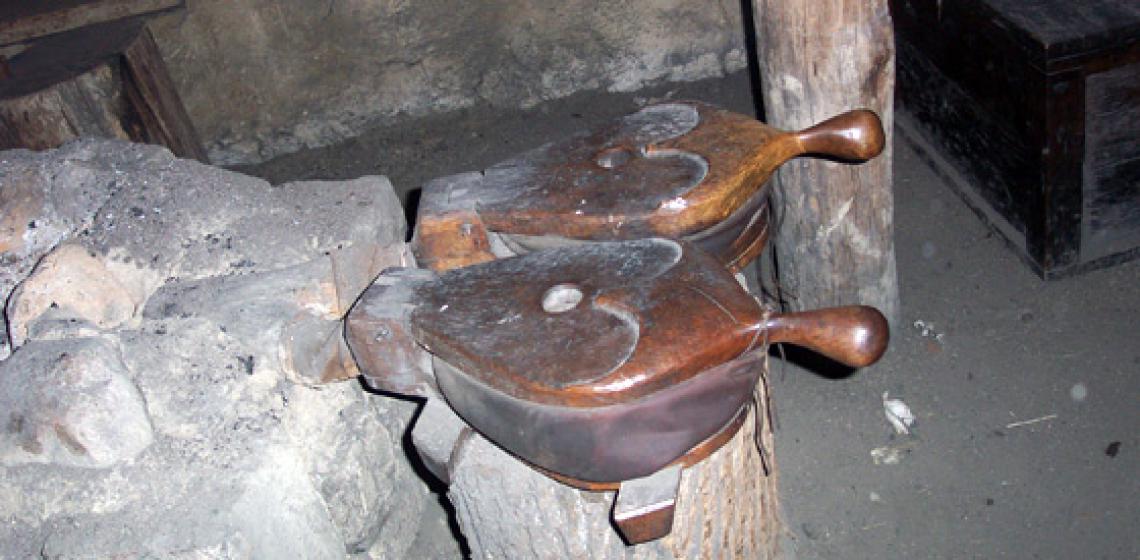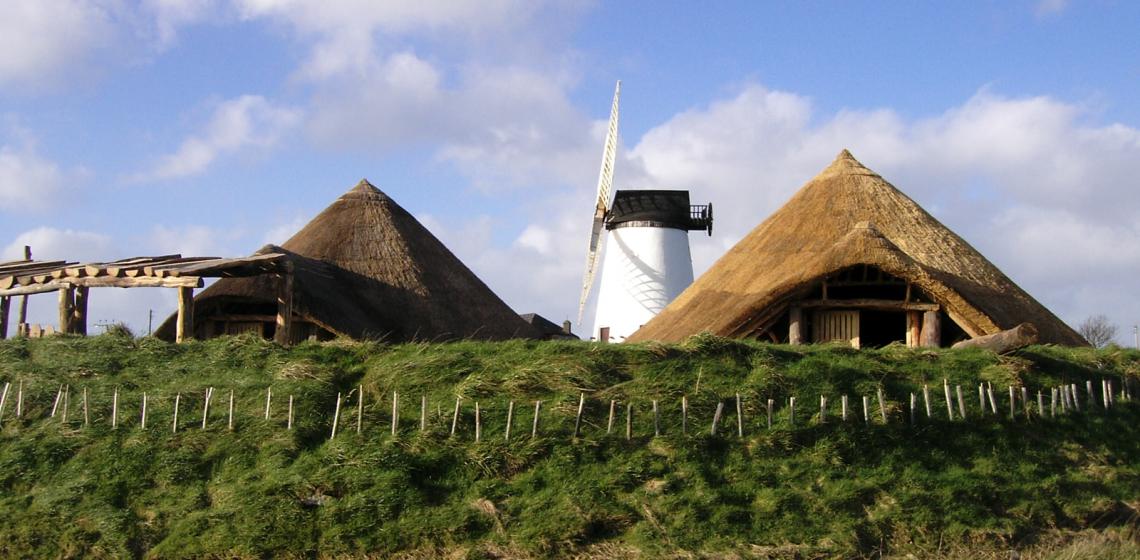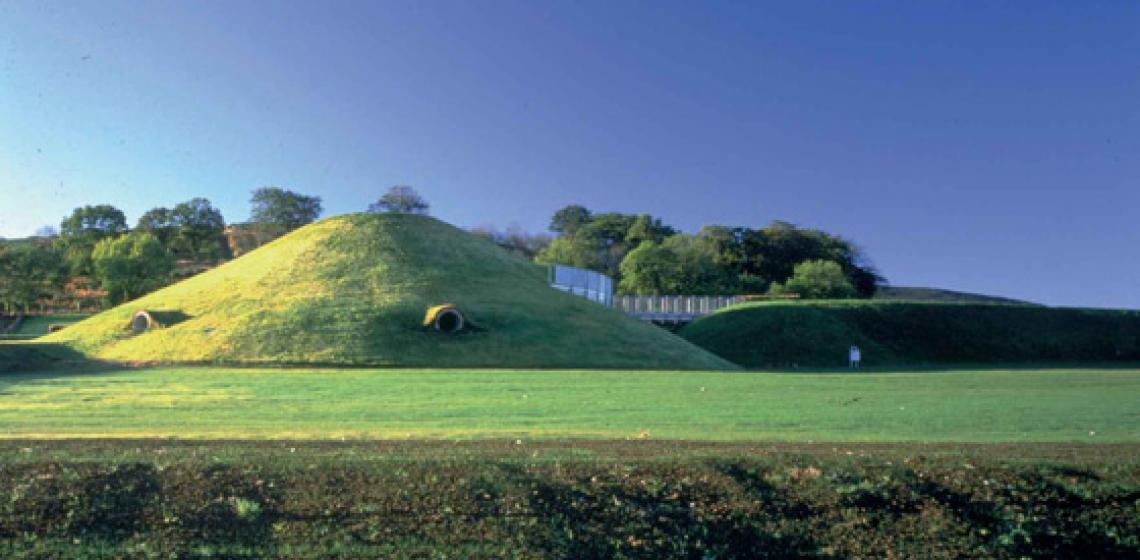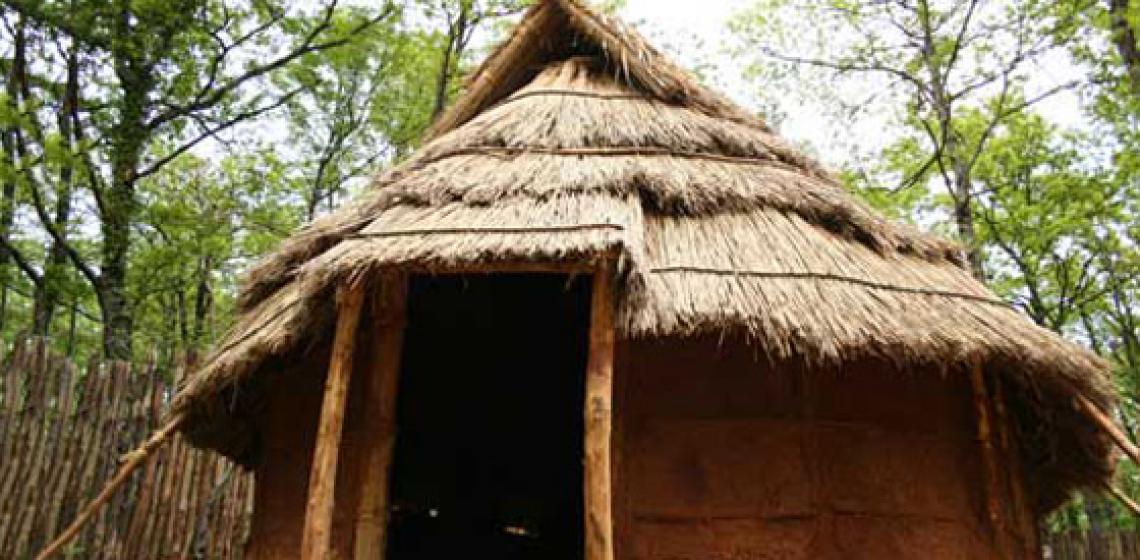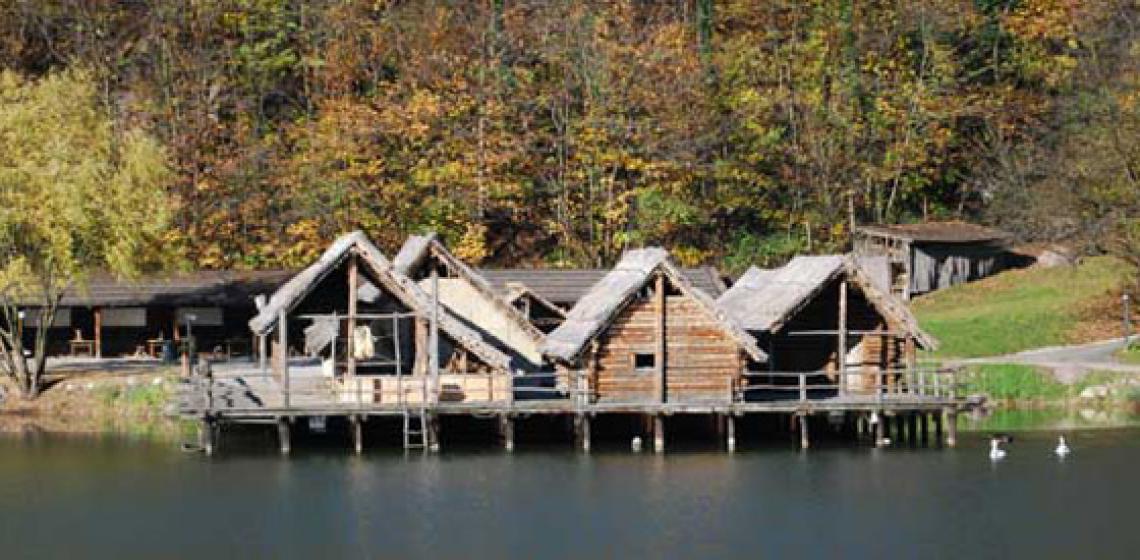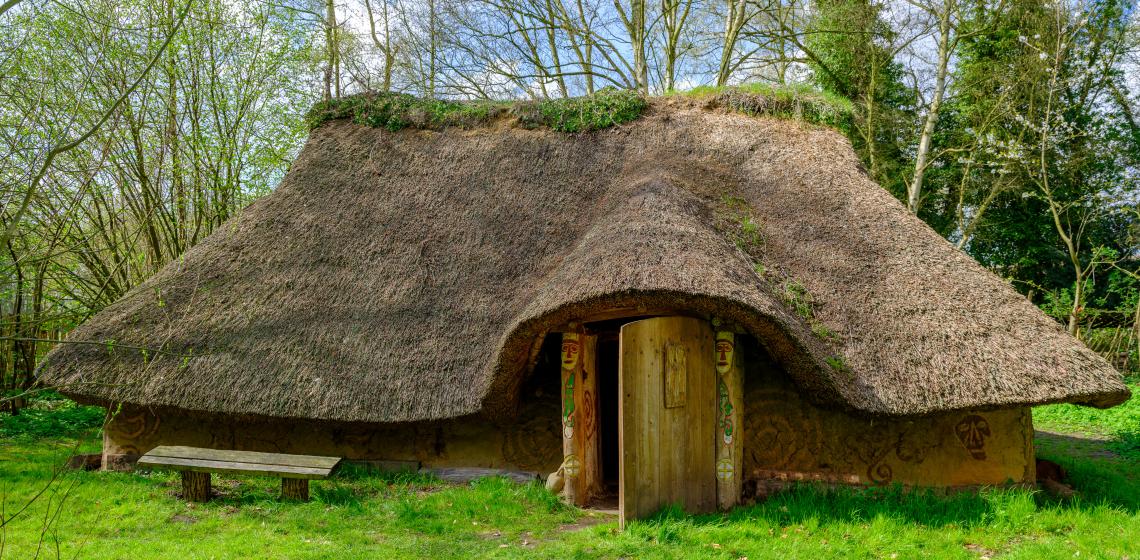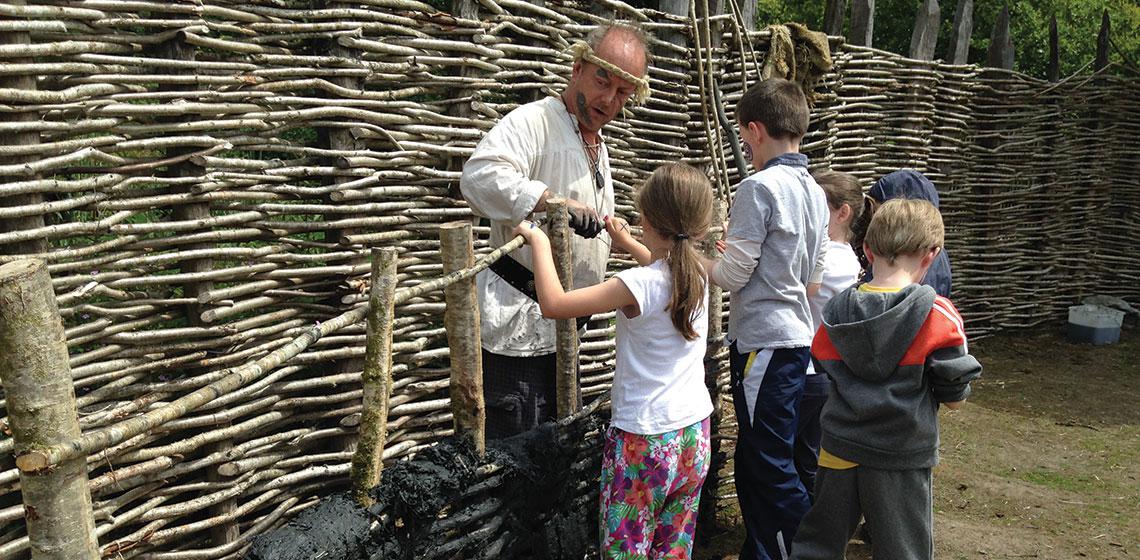Archéoparc de Rochefort - Malagne (BE)
The Archeopark Rochefort is dedicated to the excavated remains that were consolidated, restored and partly renewed, of one of the biggest Romanian farms in the north of Gaul. A good reason to open the territory for the wide public. The association administrating the territory enable visitors to taste the atmosphere of the live of our Gallic Romanian ancestors.
The Archeopark Rochefort is dedicated to the excavated remains that were consolidated, restored and partly renewed, of one of the biggest Romanian farms in the north of Gaul. A good reason to open the territory for the wide public...

